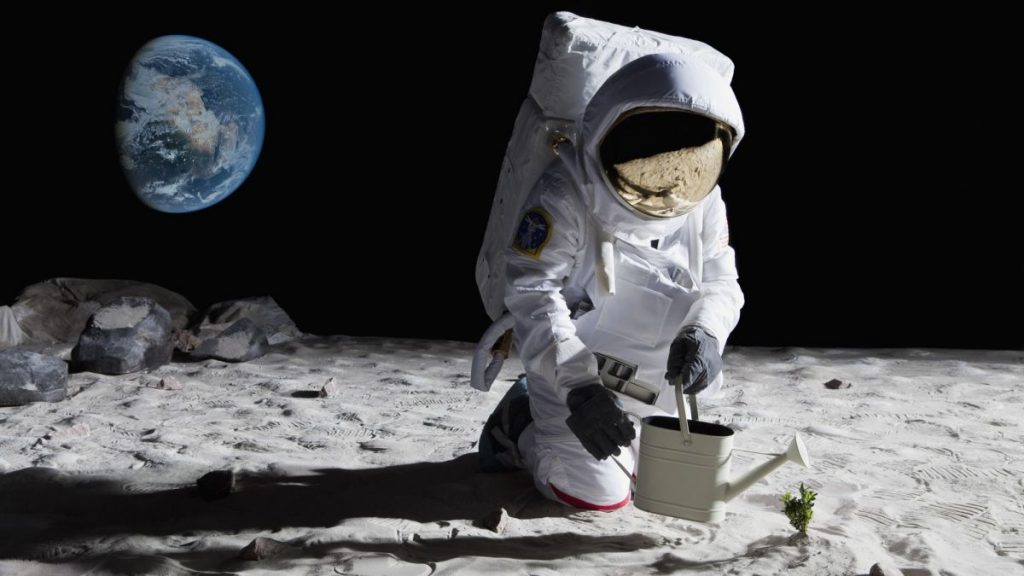The moon is a lifeless rock, but despite no living thing ever having been found on its desolate surface, some forms of Earth life might be able to make it.
In collaboration with start-up Lunaria One, scientists from the Australian National University (ANU) want to grow plants on the moon by 2025. The Australian Lunar Experiment Promoting Horticulture (ALEPH-1) payload will launch aboard SpaceIL’s Beresheet 2 lander, a project Israel announced shortly after its first moon mission failed in 2020. China carried a similar experiment on its Chang’e 4 lander that successfully sprouted cotton seeds.
Nothing has ever been grown directly on the moon before. While the ALEPH-1 plants and seeds will be contained in a protective chamber, they will still face plenty of challenges. On the moon, water will be unimaginably valuable, gravity will be weaker, day and night will each last seven Earth days and no atmosphere will protect the surface from harmful solar radiation.
“Space is an exceptional testing ground for how to propagate plants in the most extreme of environments,” Caitlyn Byrt, a plant biologist at ANU and science advisor for Lunaria One, said in a statement (opens in new tab).
Related: Photographers capture ‘ridiculously detailed image’ of the moon for NASA’s Artemis 1 launch
Before launch, researchers from ANU and Lunaria One will work to make sure they are sending the most viable candidates out there. Some candidate plants, such as an Australian grass called Tripogon loliformis, are known as “resurrection plants.” Plants like this are something like the botanical version of the hardy microscopic “water bear,” or tardigrade: They are able to spring back to life and thrive even after long stretches of dormancy and dehydration. Just add water.
Plants capable of surviving on the moon could represent more than just a food source. They might also supply breathable oxygen for astronauts, and some may be used to develop medications that could eventually be manufactured on site without relying on shipments from Earth.
ALEPH-1 can also teach us how to face climate change on Earth by identifying edible plant species that can put up with extreme conditions and easily make a comeback after hardships such as drought.
“If you can create a system for growing plants on the moon, then you can create a system for growing food in some of the most challenging environments on Earth,” Byrt said in the statement.
Byrt and her colleagues predict that within the first 72 hours of Beresheet 2 touching down and ALEPH-1 watering its seeds, at least some will germinate. During that time, the payload will be sending images, which the mission intends to share, back to Earth regularly.
Follow us on Twitter @Spacedotcom and on Facebook.

